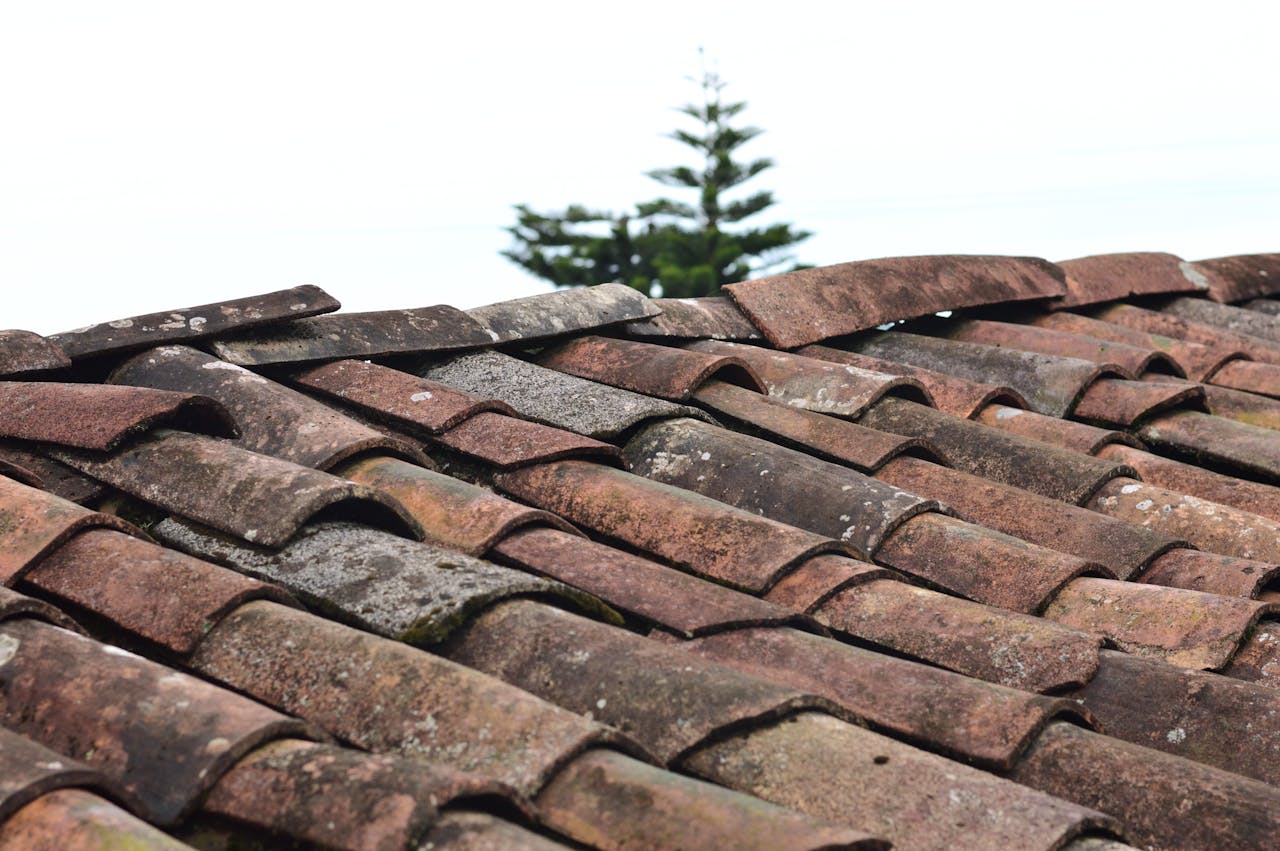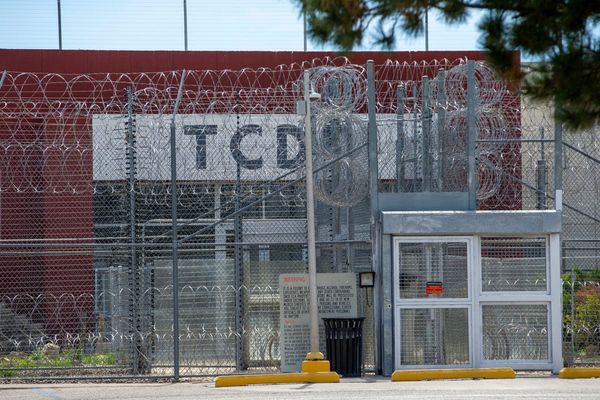
Roofing leaks can start off tiny—almost invisible to the naked eye. But if left unchecked, they quickly become a homeowner’s nightmare. What begins as a drip can turn into thousands of dollars in damage, threaten your home’s structure, and create health risks. Small leaks are easy to ignore, especially if you don’t notice water stains or obvious signs. Yet, these gaps in your roof let in moisture that can destroy insulation, rot wood, and lead to mold. Understanding the most common types of roofing leaks is the first step to protecting your home and your wallet. If you want to avoid major repairs, it’s crucial to know which leaks to watch for and how roofing leaks can escalate.
1. Missing or Damaged Shingles
Shingles act as your roof’s first line of defense. A single missing or cracked shingle can let water slip under the surface. Over time, rain and melting snow seep through, soaking the wood beneath. This moisture weakens roofing materials and can even damage your attic insulation. If you see curled, cracked, or missing shingles, act fast. Fixing these early prevents a minor roofing leak from spreading across your entire roof.
2. Faulty Flashing Around Chimneys and Vents
Flashing is the thin metal installed where the roof meets chimneys, vents, or walls. When flashing cracks, rusts, or comes loose, water sneaks into the gaps. Even a small failure here creates a roofing leak that’s hard to spot until stains appear on ceilings or walls. Regular inspection and replacing worn flashing can save you from expensive repairs down the line.
3. Clogged Gutters Causing Water Backup
Gutters move water away from your roof. When they’re clogged with leaves or debris, water pools and backs up under your shingles. This standing water can rot the roof deck and seep into your home. Even if your roof looks fine from the outside, clogged gutters can create hidden roofing leaks that eventually destroy ceilings, walls, and even foundations.
4. Cracked Skylight Seals
Skylights bring natural light into your home, but their seals are vulnerable. Over time, UV rays and weather wear down the rubber or caulk around skylights. A small crack in the seal lets water drip inside, damaging drywall and framing around the window. If you spot any moisture, fogging, or discoloration near a skylight, check the seals immediately. Early repairs here prevent a minor leak from spreading and causing serious issues.
5. Ice Dams Along the Roof Edge
In colder climates, ice dams form when heat from the attic melts snow on the roof, which then refreezes along the eaves. This ice blocks water from draining, forcing it under shingles. The resulting roofing leaks can soak insulation, rot wood, and ruin ceilings. Prevent ice dams by keeping your attic well-insulated and ventilated. Removing snow from your roof’s edge after storms can also help.
6. Valley Leaks Where Roof Slopes Meet
Roof valleys—where two slopes meet—handle a lot of water flow. If the valley flashing is damaged or improperly installed, water can find its way in. These roofing leaks often go unnoticed until water stains appear on ceilings below. Have a professional inspect your valleys, especially after heavy storms or if you see debris building up in these areas.
7. Nail Pops and Exposed Fasteners
Nails and screws that secure shingles sometimes work their way up over time, creating small holes. These “nail pops” are easy to miss but can lead to persistent roofing leaks. Water seeps in around the exposed fastener, eventually damaging the underlying wood. Regularly check your roof for raised nails or missing fasteners, especially after storms or high winds.
8. Poorly Sealed Roof Penetrations
Any time something punctures your roof—like satellite dishes, plumbing vents, or HVAC units—it creates a risk. If these penetrations aren’t sealed well, water leaks in around the edges. This is one of the most common sources of roofing leaks, and it’s easy to overlook. Use high-quality sealant and inspect these areas yearly to catch problems early.
9. Aging Roof Materials
All roofing materials wear out eventually. As shingles, tiles, or metal panels age, they lose their waterproof properties. Small cracks, granule loss, or rusted sections may not seem urgent, but they’re often the starting point for roofing leaks. If your roof is older than 15-20 years, have it inspected for signs of wear and tear. Proactive maintenance now can prevent a complete roof failure later.
Protecting Your Home from Roofing Leaks
Roofing leaks don’t have to spell disaster, but they demand attention. The smallest leak can grow into a major problem if ignored. Regular inspections, cleaning gutters, and quick repairs are your best defense. If you’re unsure about your roof’s condition, consider a professional assessment.
Have you ever dealt with a roofing leak that caused more damage than you expected? Share your experience in the comments below!
What to Read Next…
- 7 Ways to Stop a Roof from Leaking Without Expensive Repairs
- How Roof Maintenance and Renovation Can Save You Thousands Over Time
- The Hidden Risks of Premature Roof Replacement: How Moisture, Mold, and Legal Issues Can Follow
- 8 Common Fixes That Are Quietly Destroying the Structural Integrity of Your Home
- Home Improvement Surge: Roofing, Siding, and Market Growth Trends
The post 9 Roofing Leaks That Start Small But Destroy Entire Homes appeared first on Clever Dude Personal Finance & Money.







